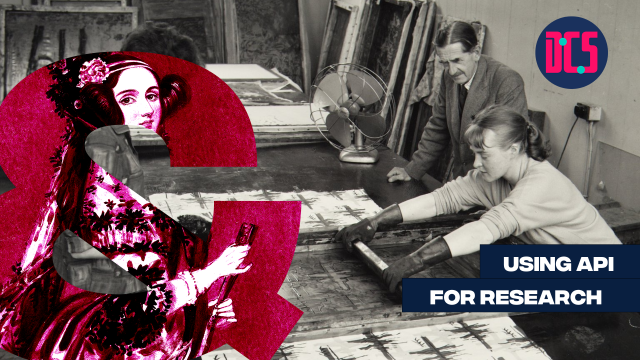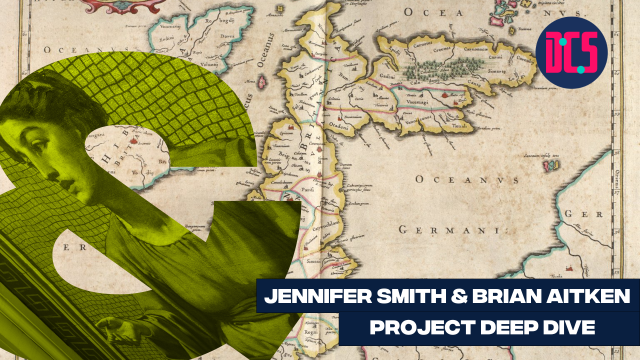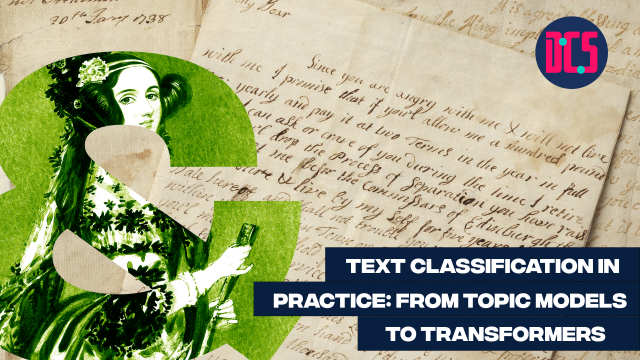Digital Method of the Month: How to Crowdsource Data

Hybrid
Have you seen a presentation on digital research methods and wondered if they are applicable to your work? Are you interested in learning new digital skills but unsure where to start?
This is the right place for you!
The digital method of the month meeting is a safe space to freely discuss the practicalities of learning and implementing a new digital skill in your research.
Each month we select a method, and we have an honest and practical discussion on what it takes to learn and master it. How much time will it take to get the basics? What are the software options available? What are the most common pitfalls? Where can you find more info on the subject? Etc...
The method of this month is crowdsourcing research data. While data collection traditionally involves a researcher travelling to a physical location or interacting face-to-face with participants, recent years have seen an explosion in the use of online data collection, particularly through crowdsourcing websites like Amazon Mechanical Turk or Prolific. Online methods potentially allow rapid and low-effort collection of large samples and are also useful in situations where in-person data collection is not possible. At this event, we will discuss the kinds of data you can collect through crowdsourcing, advantages and disadvantages of collecting data in this way, and how to get started.
This is a beginner-level event, and no previous knowledge of the method is required.
This conversation will be led by Aislinn Keogh.
If you’re new to this training event format, or to CDCS training events in general, read more on what to expect from CDCS training. Here you will also find details of our cancellation and no-show policy, which applies to this event.
This event is hybrid and you can book a space to join either online or in person.
Learning Outcomes:
- To engage in discussions on how to efficiently crowdsource data.
- To have access to a source of information and online materials on how to crowdsource data.
Return to the Training Homepage to see other available events.
Room 4.35, Edinburgh Futures Institute
This room is on Level 4, in the North East side of the building.
When you enter via the level 2 East entrance on Middle Meadow Walk, the room will be on the 4th floor straight ahead.
When you enter via the level 2 North entrance on Lauriston Place underneath the clock tower, the room will be on the 4th floor to your left.
When you enter via the level 0 South entrance on Porters Walk (opposite Tribe Yoga), the room will be on the 4th floor to your right.












